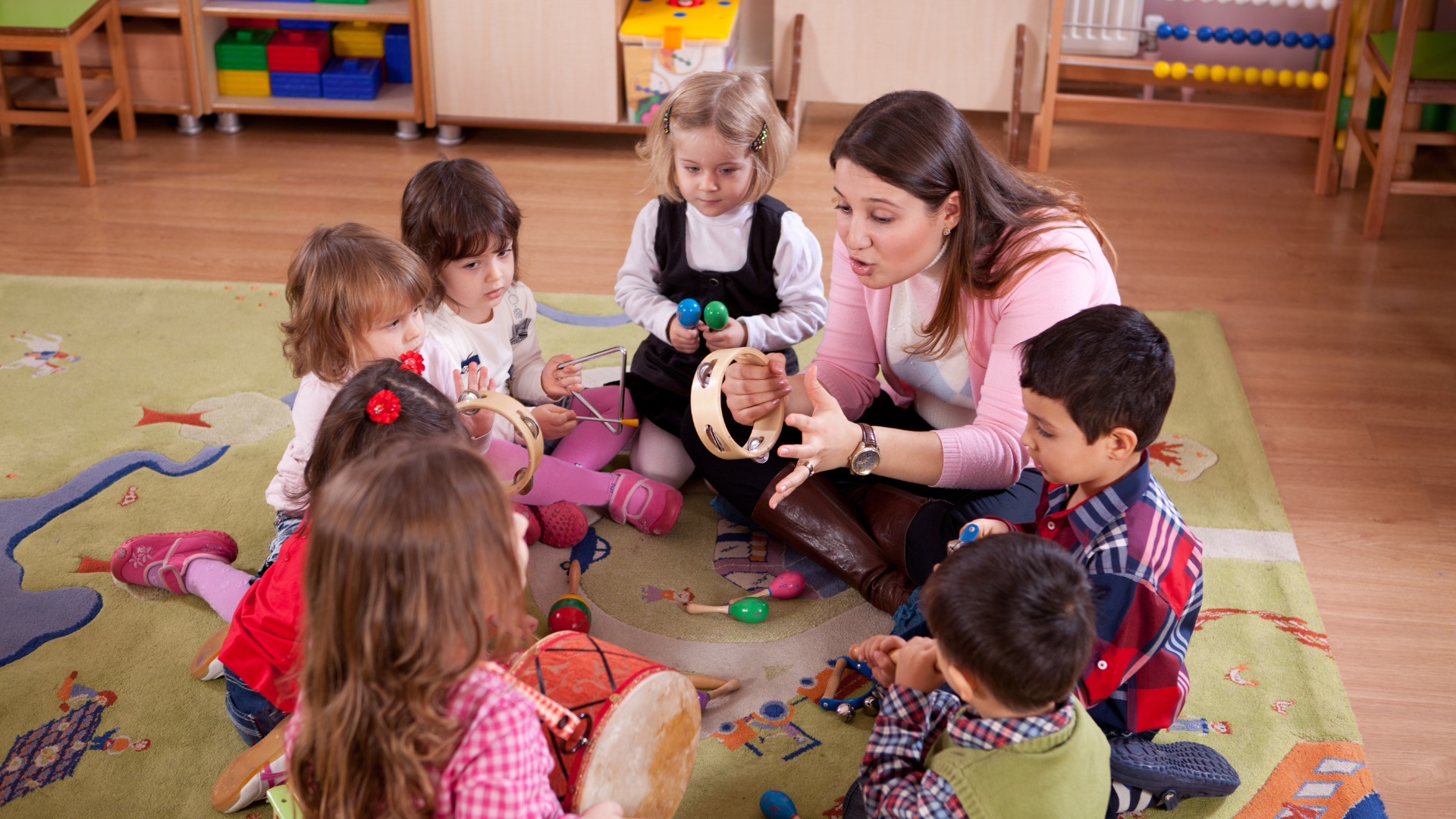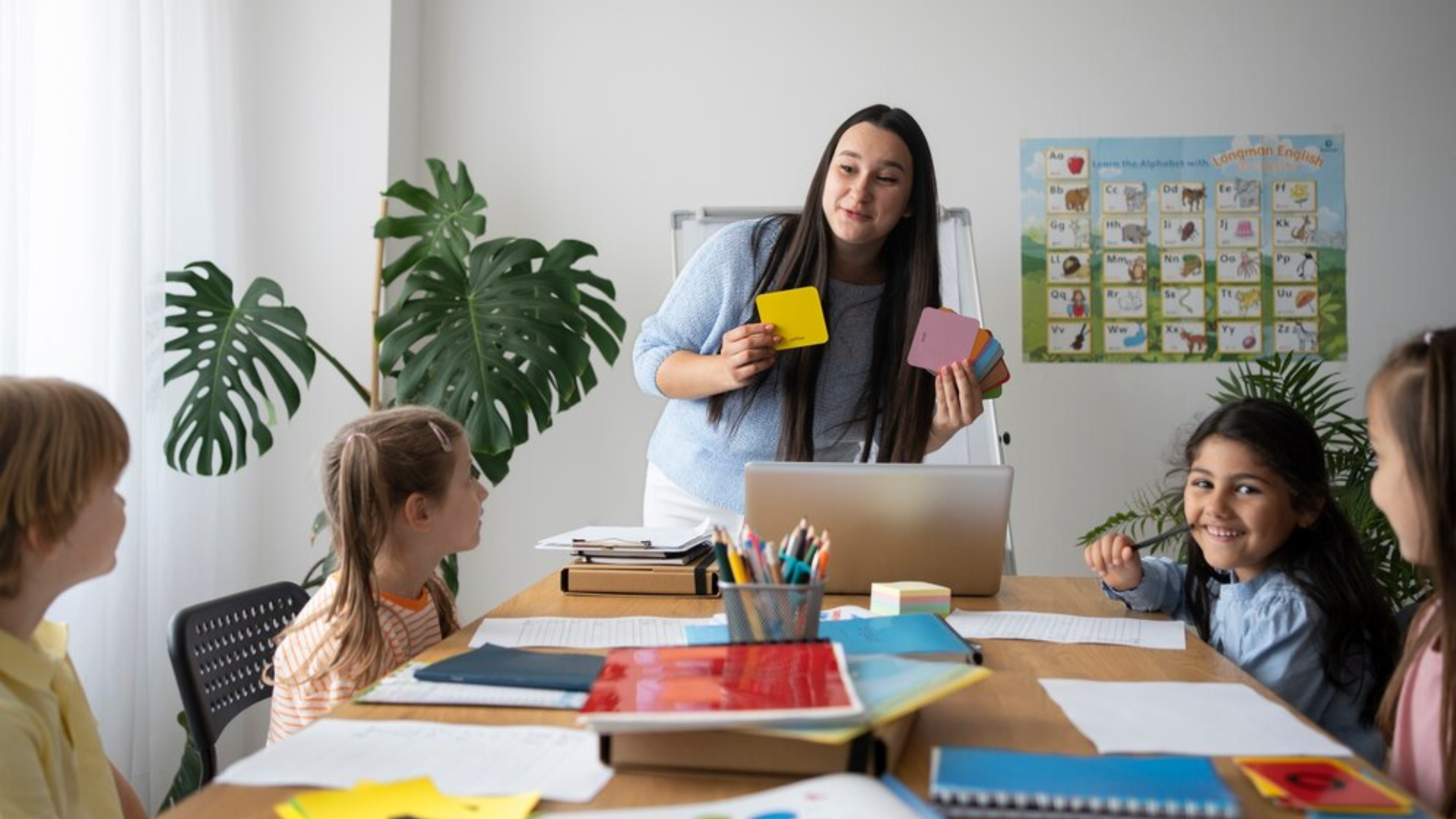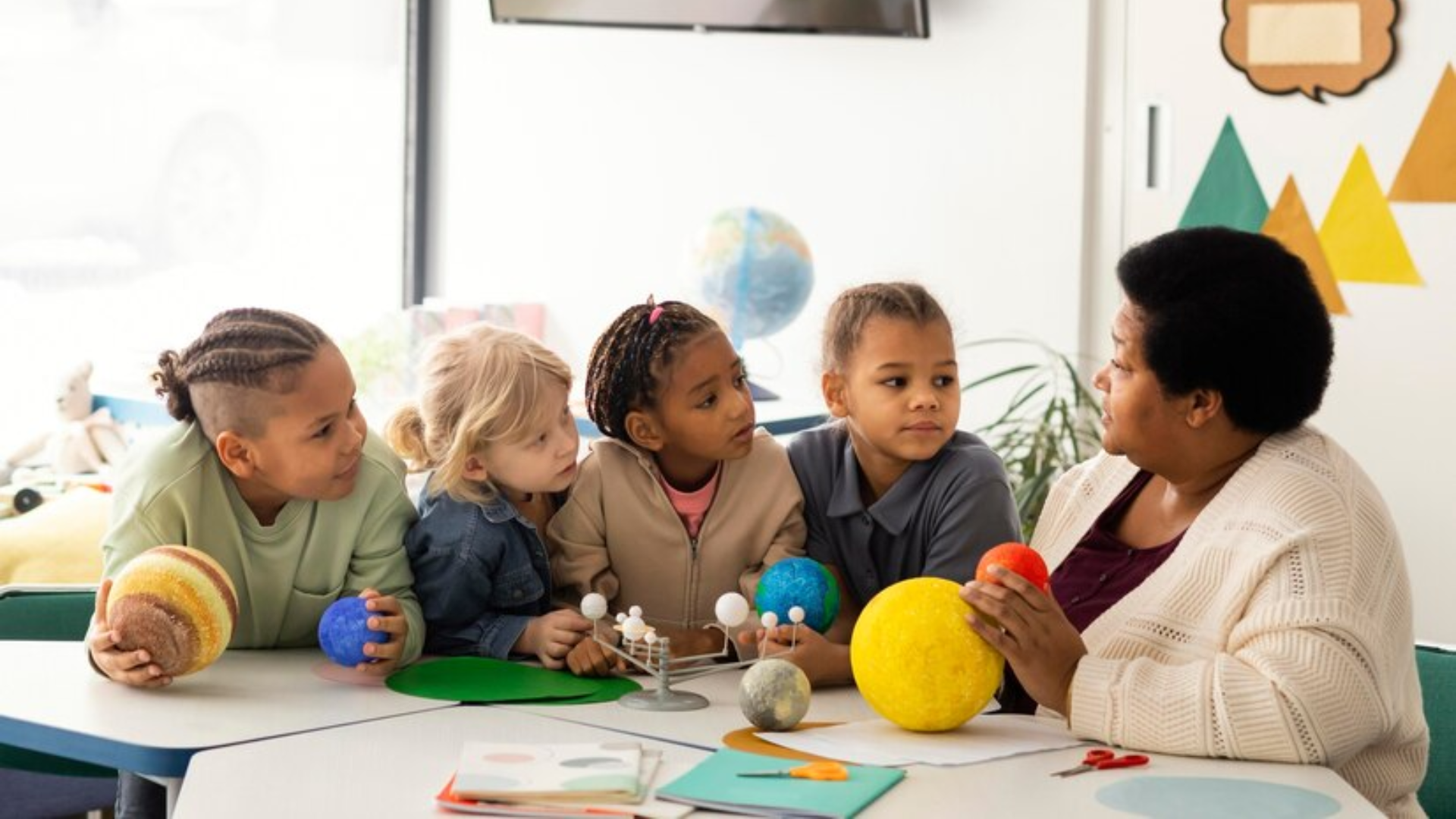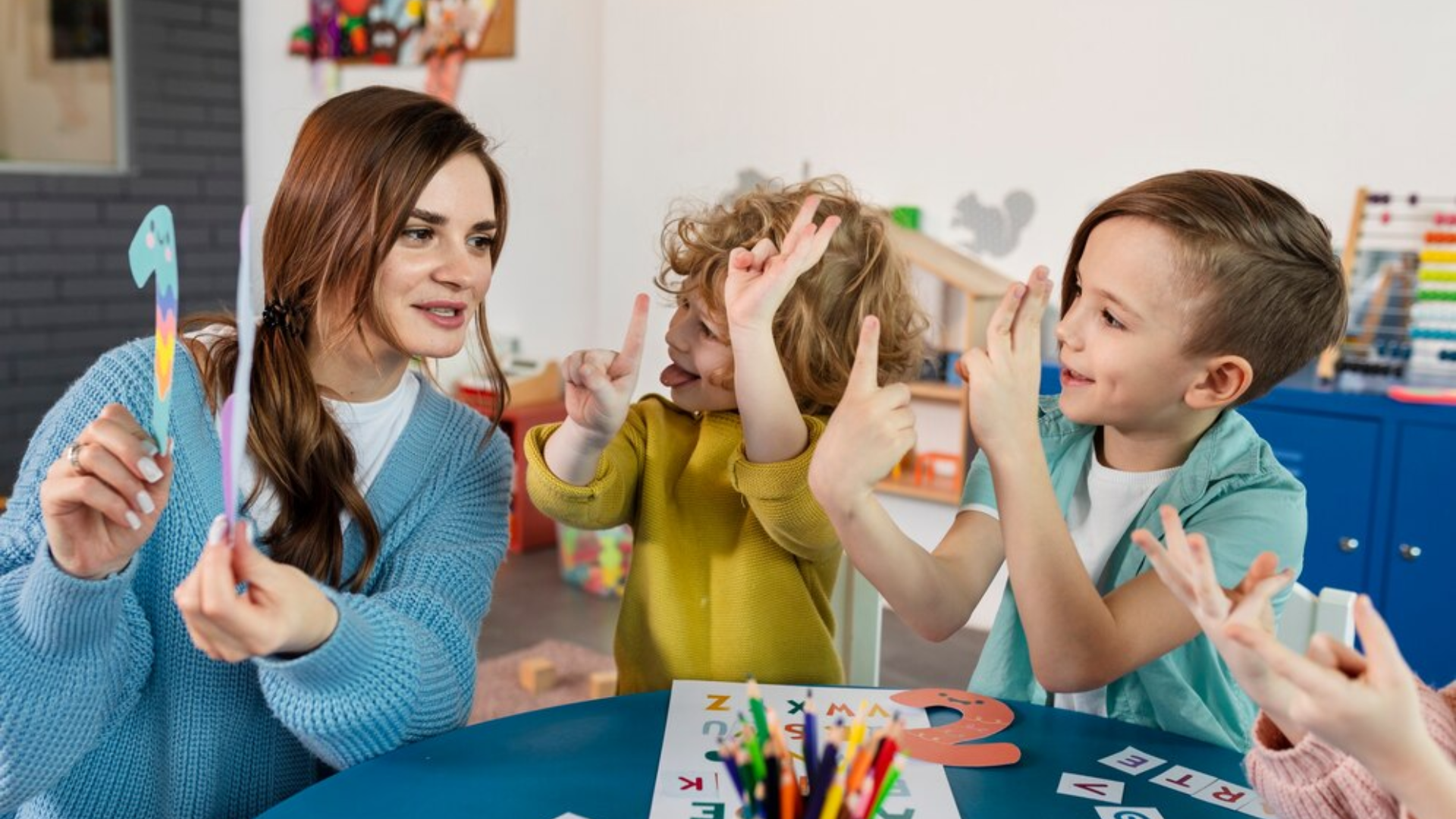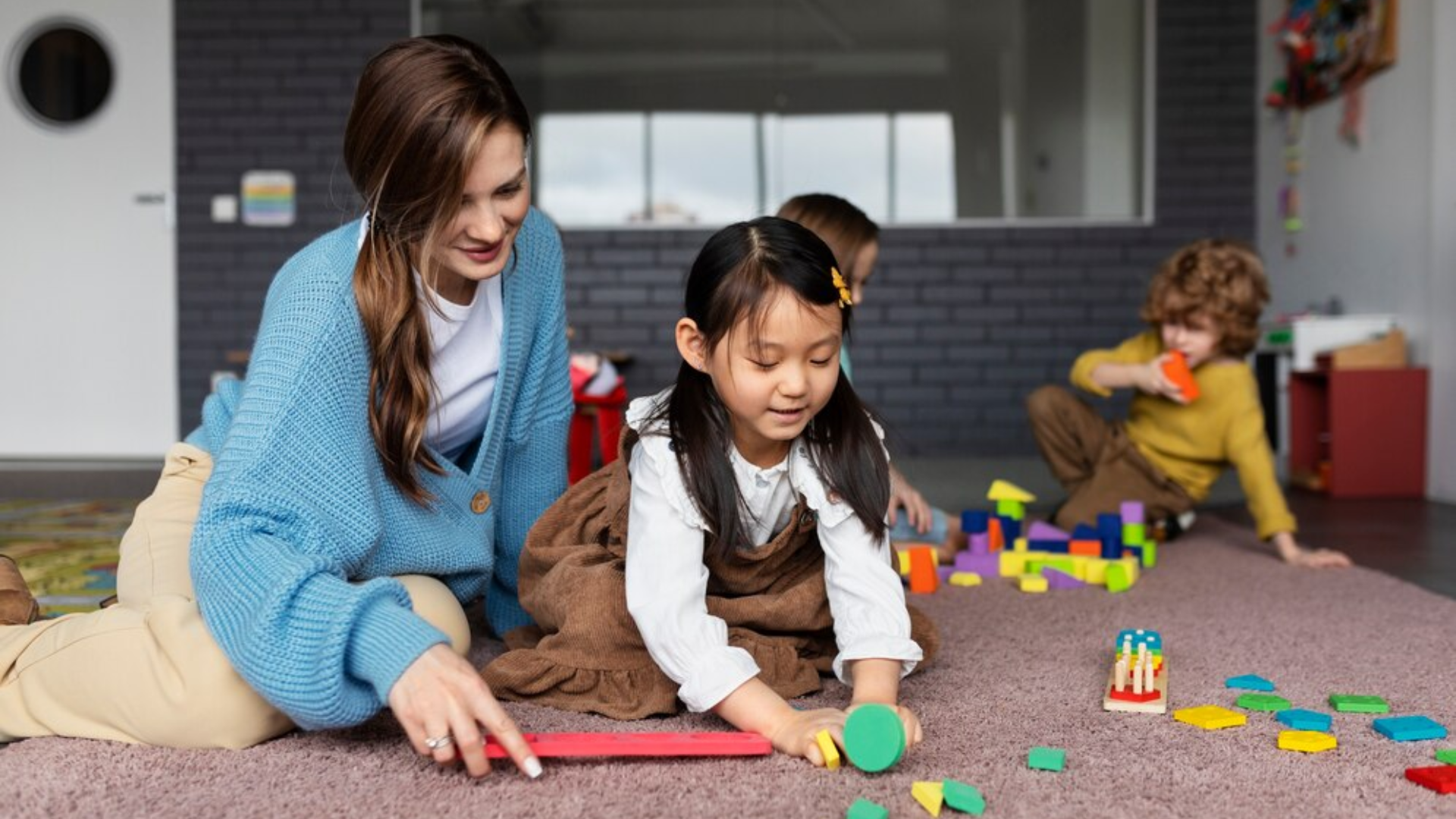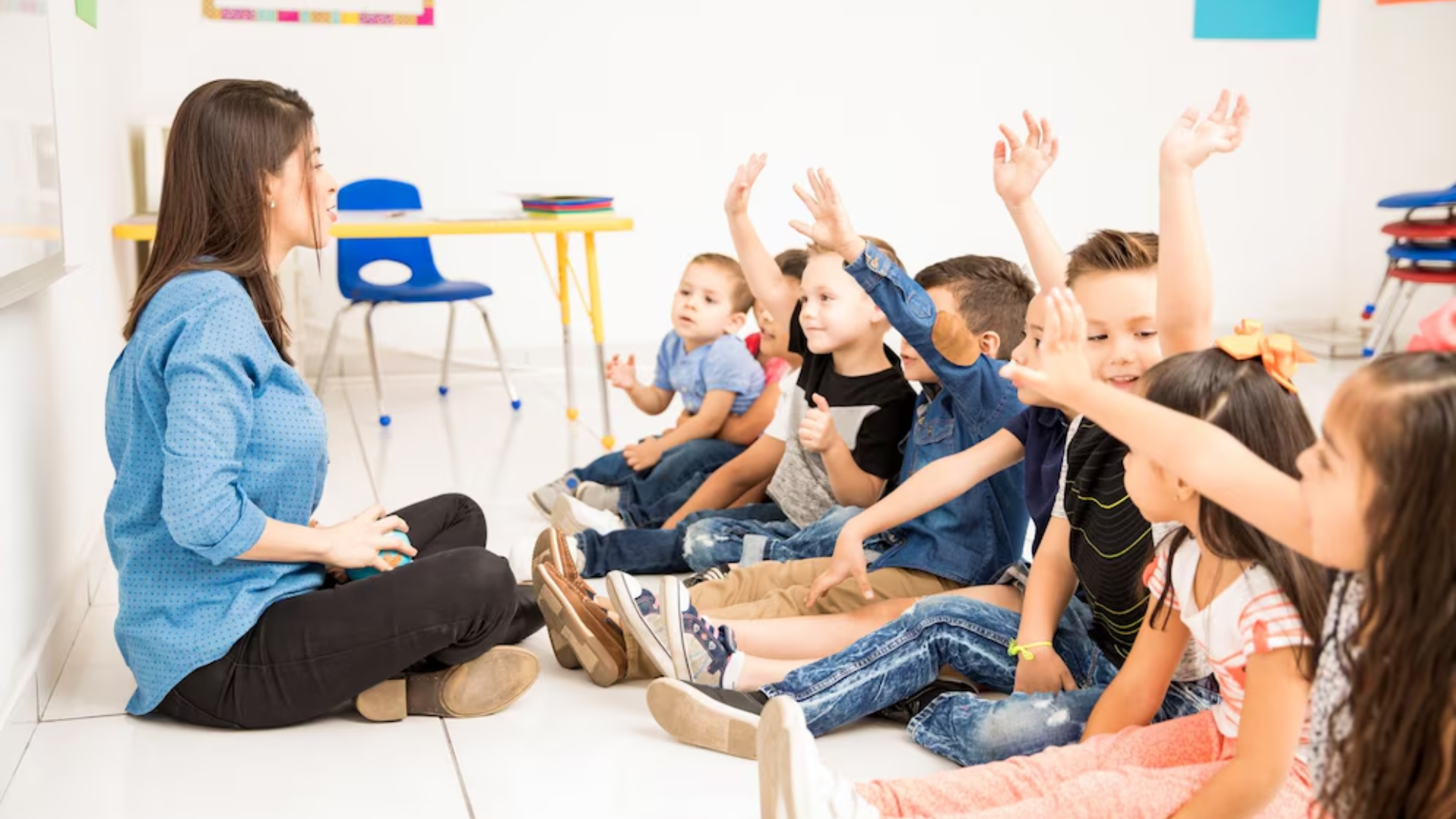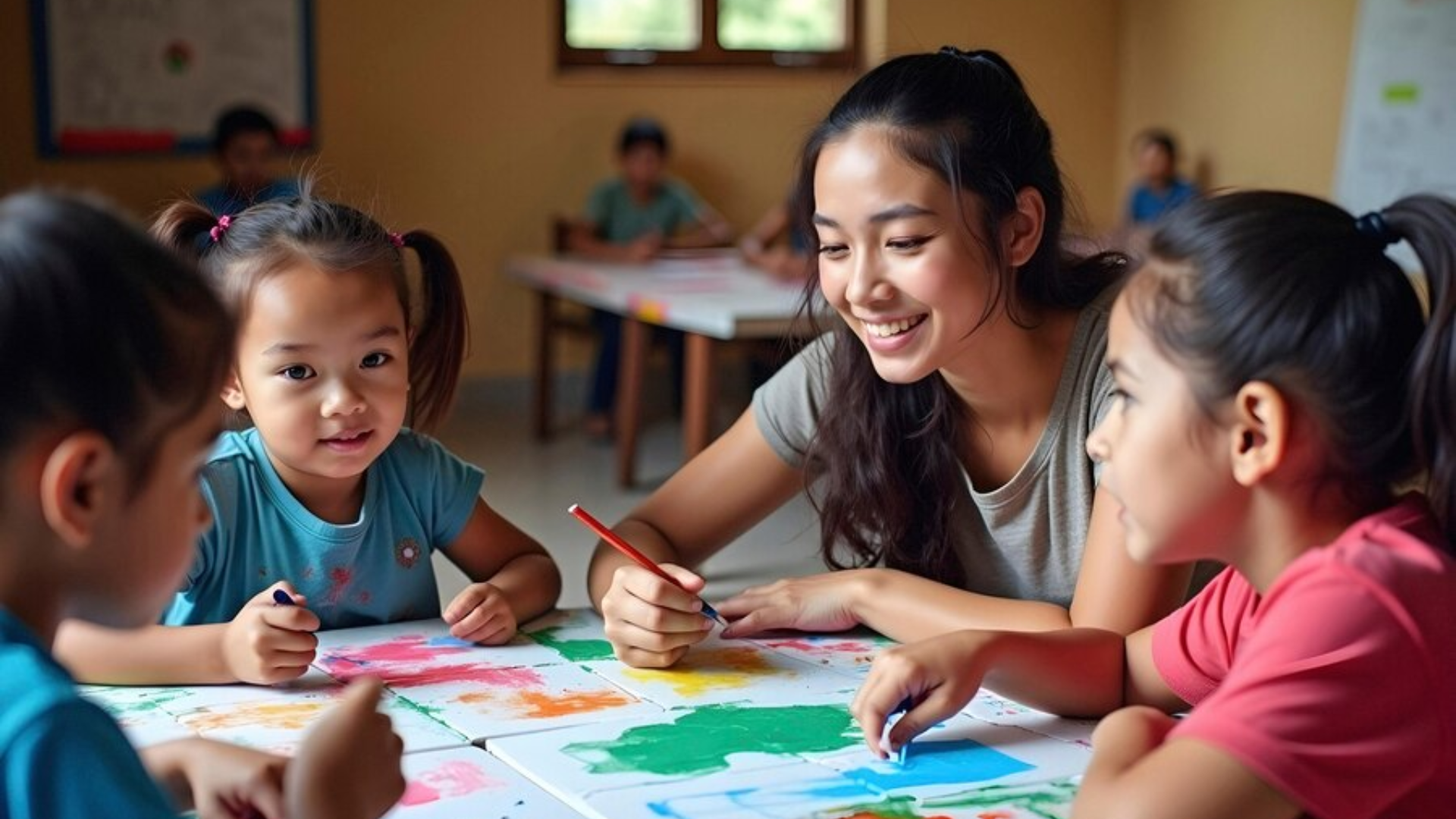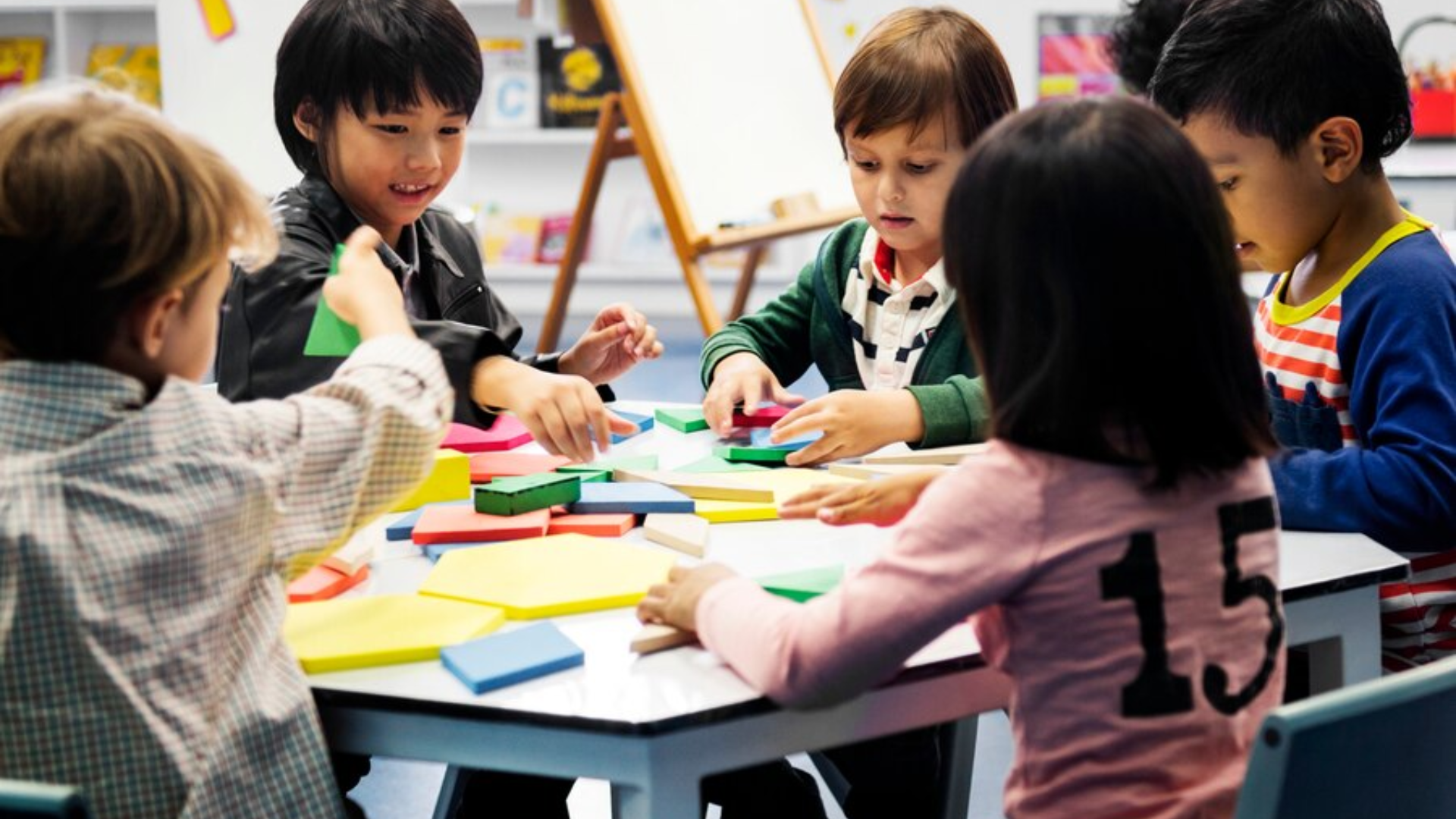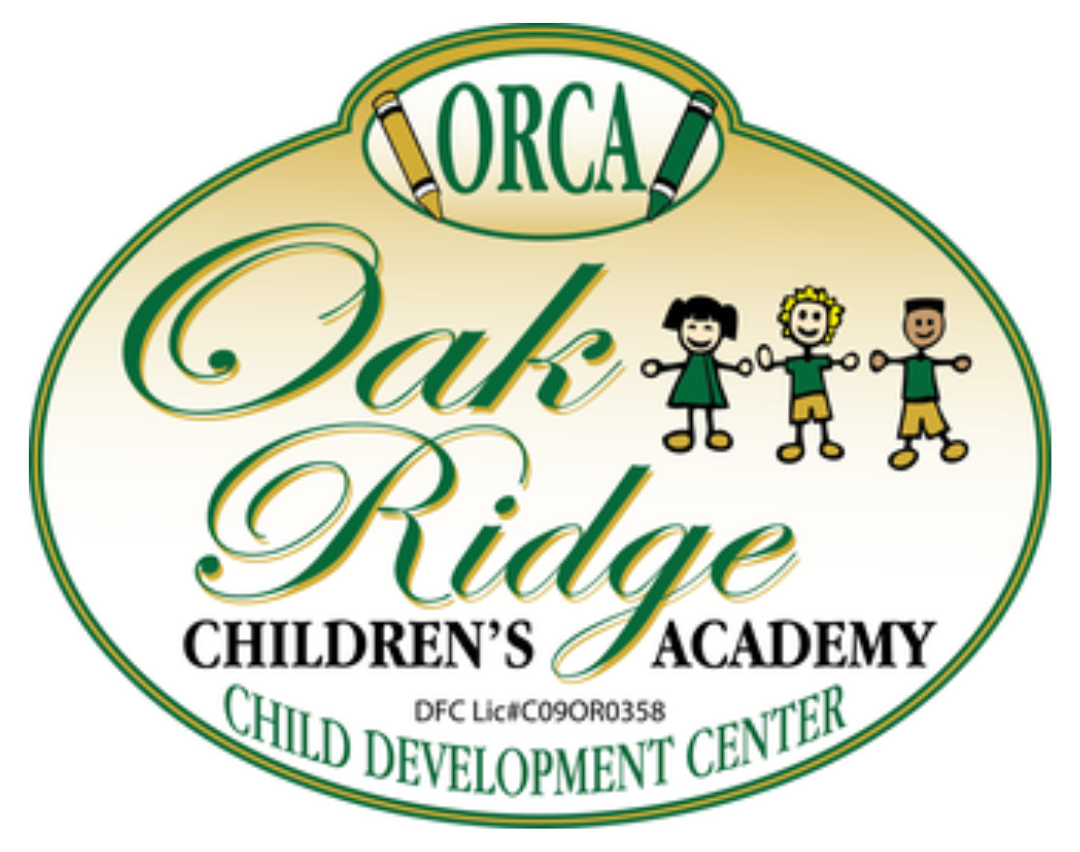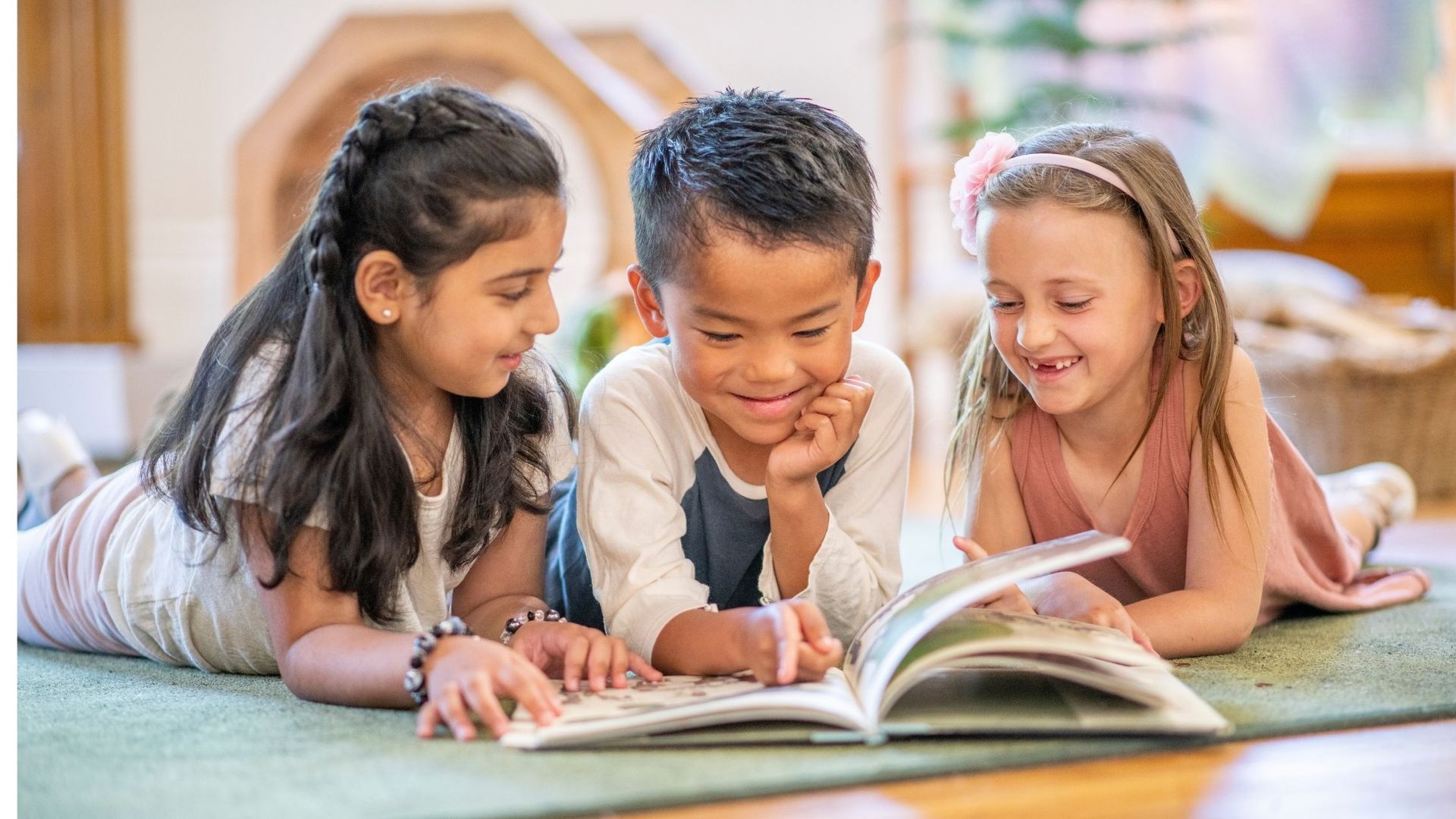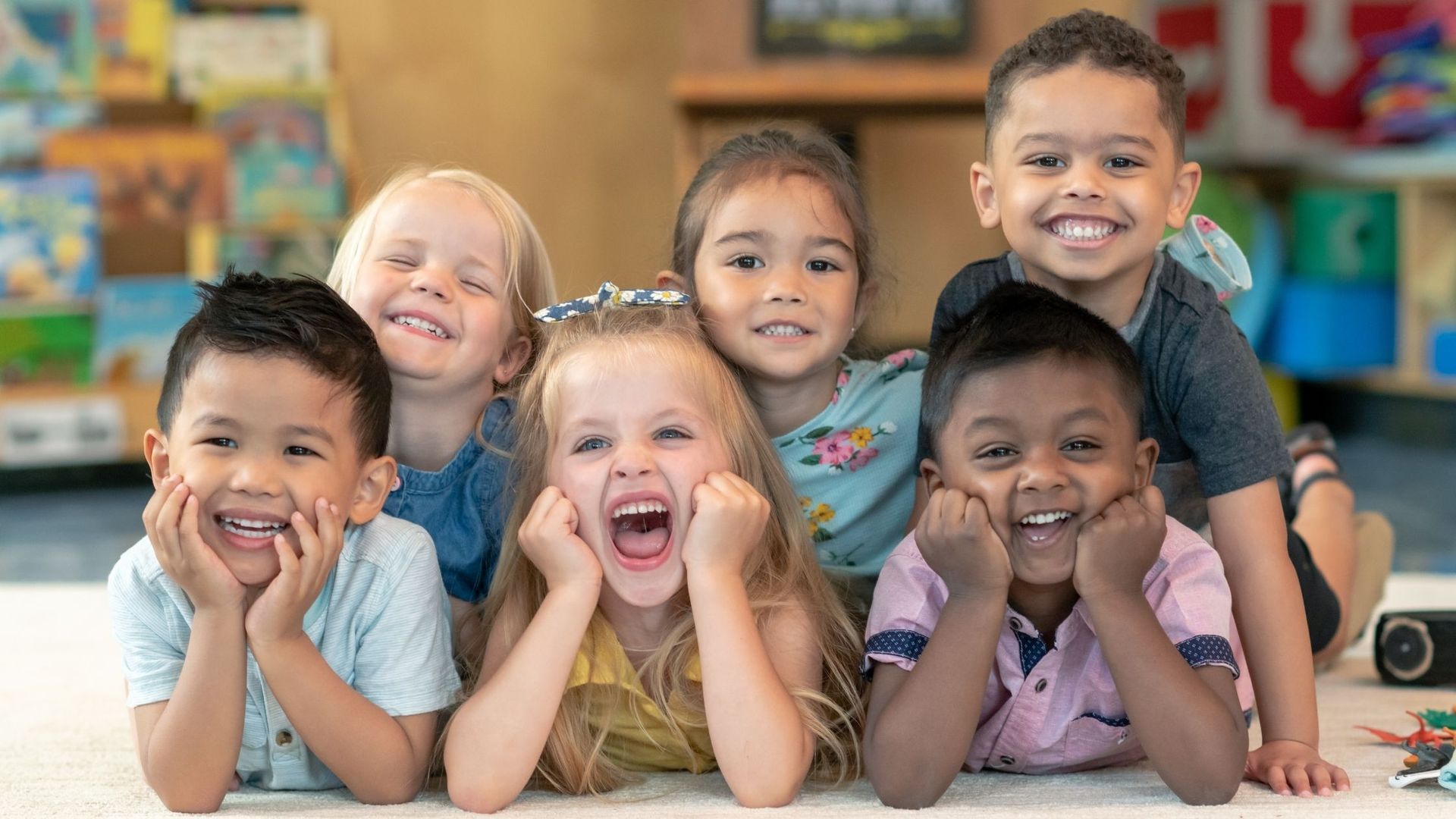Signs Your Child Is Ready for Potty Training
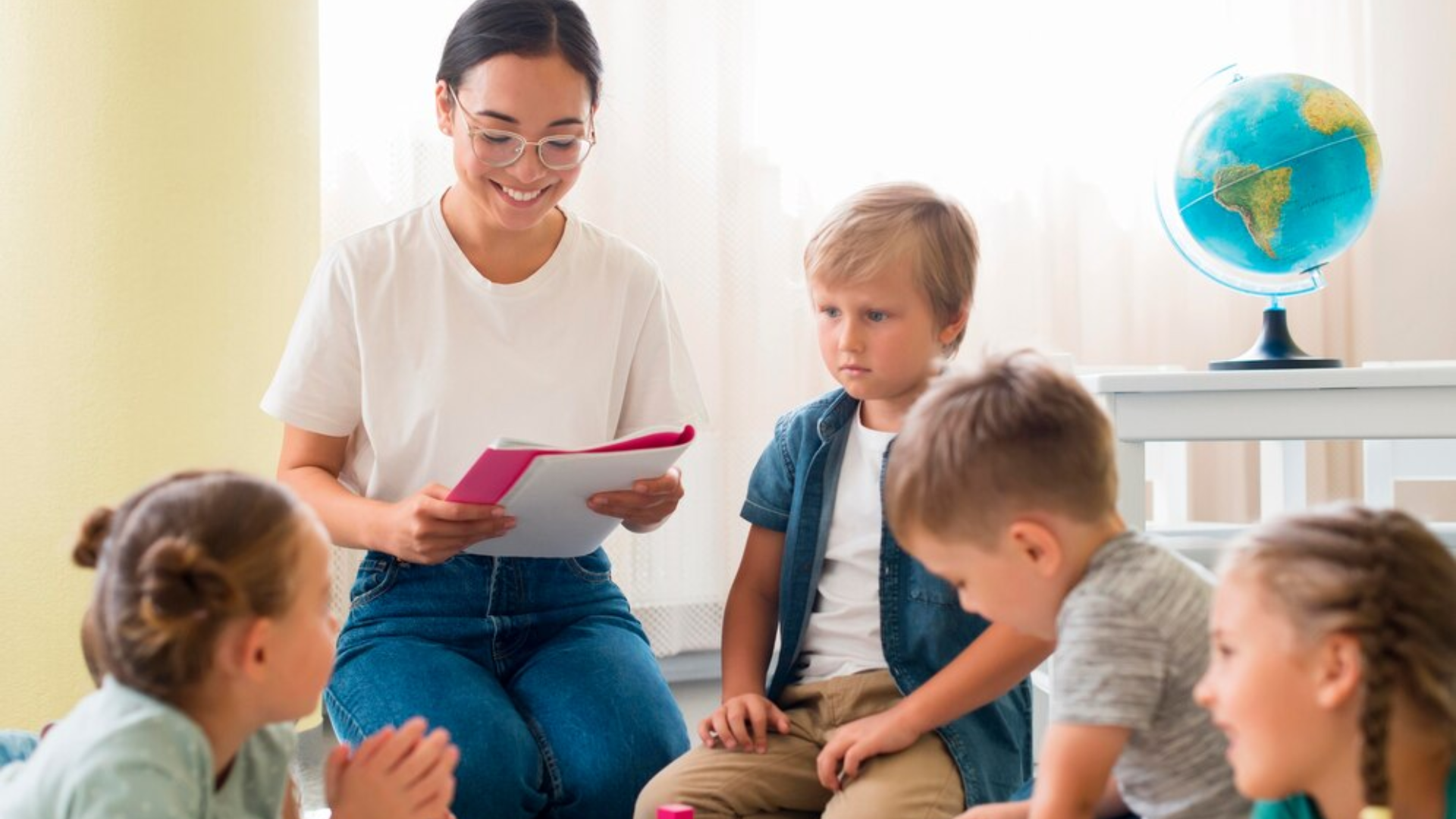
Potty training is an exciting and sometimes challenging milestone in a child’s development. While some children are eager to begin potty training at an early age, others may take longer to show interest. Recognizing when your child is ready to start potty training is key to making the process smoother and more successful.
Every child is different, and there’s no “one-size-fits-all” age for potty training. However, there are several signs you can look for that indicate your child may be ready to begin the process. In this post, we’ll explore these signs and offer tips to help you support your child as they transition from diapers to using the potty.
1. Physical Signs of Readiness
Before a child can begin using the potty, they must have the physical ability to control their bladder and bowel movements. Some children show readiness at an earlier age, while others take longer to develop this control. Here are some key physical signs that your child may be ready:
- Dry Diapers for Longer Periods: If your child’s diaper is often dry for two hours or more, it’s a good indication that they have developed the physical control needed for potty training. This shows that they are able to hold their urine and wait until they can use the bathroom.
- Regular Bowel Movements: Children who have consistent bowel movements and can predict when they need to go are more likely to be ready for potty training. If your child can tell you when they need to poop or pee, it’s a good sign they are ready to start the process.
- Able to Pull Pants Up and Down: Potty training requires your child to be able to undress and redress themselves. If your child has the fine motor skills to pull their pants up and down, they are more likely to be ready for potty training.
These physical signs suggest that your child’s body is ready to begin learning how to use the potty.
2. Behavioral Signs of Readiness
Potty training is also about your child’s ability to understand and follow instructions, as well as being motivated to start the process. Here are some behavioral signs that indicate your child may be ready for potty training:
- Shows Interest in Adult Bathroom Habits: If your child begins to show interest in watching you or other family members use the bathroom, this can be a sign that they’re curious and ready to try it themselves. They might even want to use the same type of potty or ask questions about the process.
- Desires to Be Independent: Children who are eager to do things on their own, such as dressing themselves or feeding themselves, may also be ready to take the next step and learn how to use the potty independently. If your child is showing signs of wanting more control over their actions, potty training can be an opportunity for them to assert their independence.
- Displays Discomfort with Dirty Diapers: If your child starts to express discomfort with wearing a wet or soiled diaper or asks to be changed immediately, this may indicate they’re ready for a potty training transition. They may show signs of being frustrated by the sensation of a dirty diaper and prefer to be clean.
These behavioral signs suggest that your child is becoming more aware of their body and the need to use the potty.
3. Cognitive and Emotional Readiness
Potty training requires a child to understand the concept of cause and effect, and it also requires them to have the emotional maturity to handle the responsibility. Look for these cognitive and emotional signs of readiness:
- Understands Simple Instructions: Potty training requires your child to be able to follow basic instructions, such as “Go sit on the potty” or “Pull your pants down.” If your child can follow simple commands and understands basic language, it’s a good sign they are ready to start potty training.
- Recognizes the Need to Go: A child who can recognize when they need to go potty and express this to you is demonstrating the cognitive awareness necessary for potty training. If your child starts to say “I have to go potty” or runs to the bathroom on their own, they are showing that they can make the connection between their body’s signals and the need to use the bathroom.
- Desires to Stay Clean: Children who are ready to potty train typically have a growing awareness of cleanliness. They may want to avoid the discomfort of wearing a dirty diaper and will express a desire to stay clean. This emotional readiness is an important factor in helping them make the transition to using the potty.
These cognitive and emotional signs show that your child is mentally and emotionally prepared to understand the concept of potty training and take the steps to master it.
4. When They Begin to Show Signs of Control Over Their Body
Many children begin to show a sense of control over their body around the age of 2 or 3. Some signs of this readiness include:
Can Hold Their Urine or Bowel Movements: If your child is able to hold their urine or bowel movements for extended periods of time, this is a strong indicator that they are developing the control needed for potty training.
Recognizing and Responding to Signals: If your child is able to recognize when they have to go to the bathroom and expresses it to you, this shows they are ready to learn the process of potty training.
Helping your child master the ability to control their body will be an essential part of the potty training process. It’s important to wait until they exhibit these signs before starting the process.
5. Your Child Is Showing an Interest in Potty Training
Finally, one of the most important indicators that your child is ready for potty training is their own interest in the process. Some children may begin to ask about using the potty or express excitement when they see others using the bathroom. This interest is a positive sign that they are motivated and eager to learn.
Interested in Training Pants or Potty Equipment: If your child shows excitement when you talk about using a potty or picking out fun training pants, it shows that they’re starting to understand the process and are curious about it.
Wants to Be Like Their Peers: If your child notices that other children are using the potty and expresses a desire to do the same, they are likely motivated to begin potty training as well.
Encouraging your child’s natural curiosity about the potty is a great way to ensure they are emotionally prepared to begin training.
Understanding what speech milestones to expect in ages 2–5 is an essential part of supporting your child’s communication journey, as these early years are foundational for language and cognitive development. When paired with easy at-home activities that support preschool learning—such as storytelling, singing, and interactive play—parents can create a nurturing environment that naturally encourages speech growth, vocabulary expansion, and the confidence to express thoughts clearly and creatively.
Conclusion: Timing Is Key
Every child develops at their own pace, and potty training is no exception. While some children may show signs of readiness as early as 18 months, others may take longer to be fully ready. It’s important to be patient and supportive, as pushing your child into potty training before they’re ready can lead to frustration for both of you.
When your child demonstrates the physical, behavioral, cognitive, and emotional signs of readiness, it’s time to begin the potty training process. By supporting your child with encouragement and positive reinforcement, you can help them successfully transition from diapers to using the potty.
At Oakridge Children’s Academy, we provide a supportive environment that helps children develop at their own pace, ensuring they are confident and ready for each milestone in their learning journey, including potty training. If you need guidance or have any questions about the potty training process, don’t hesitate to reach out!
